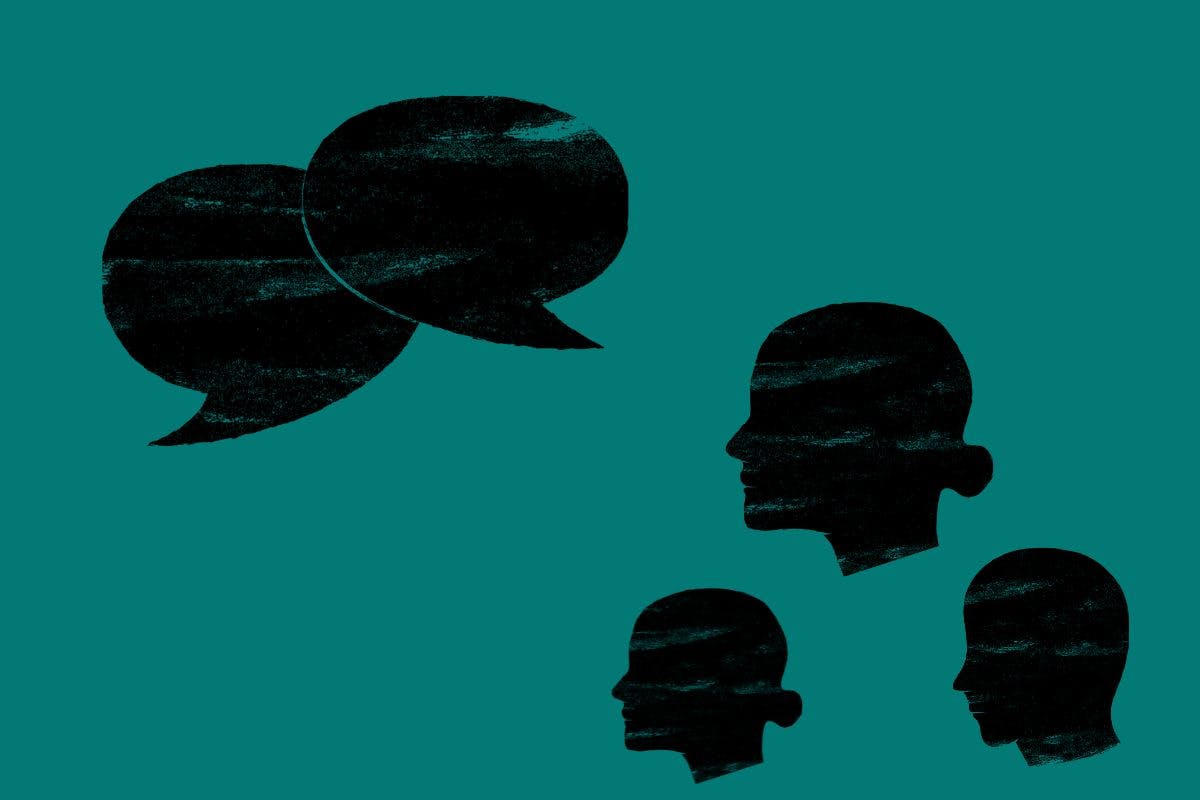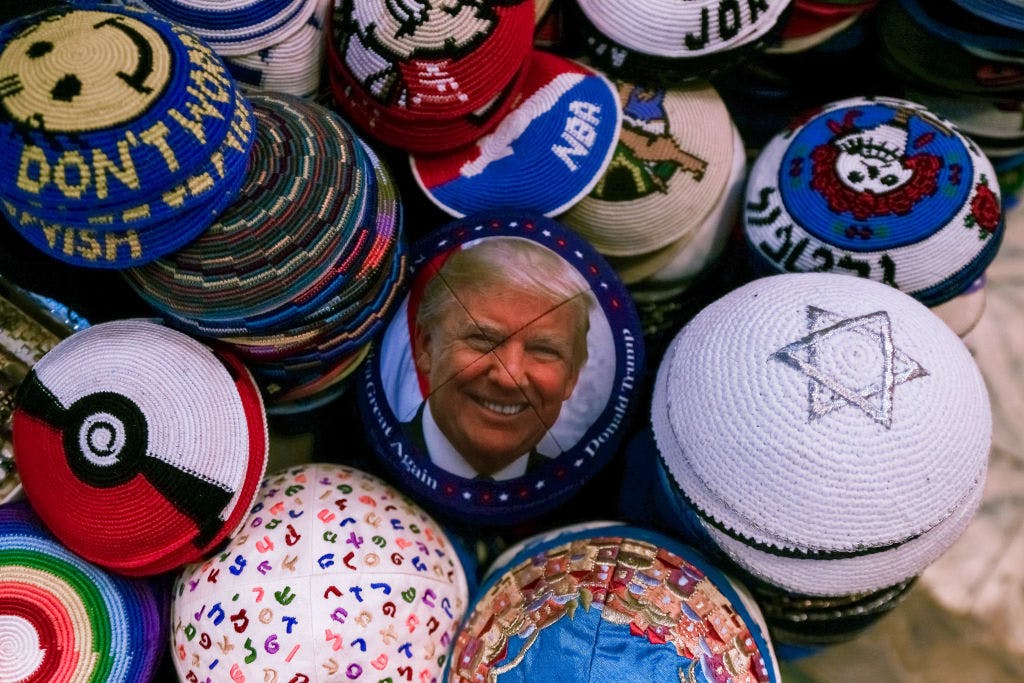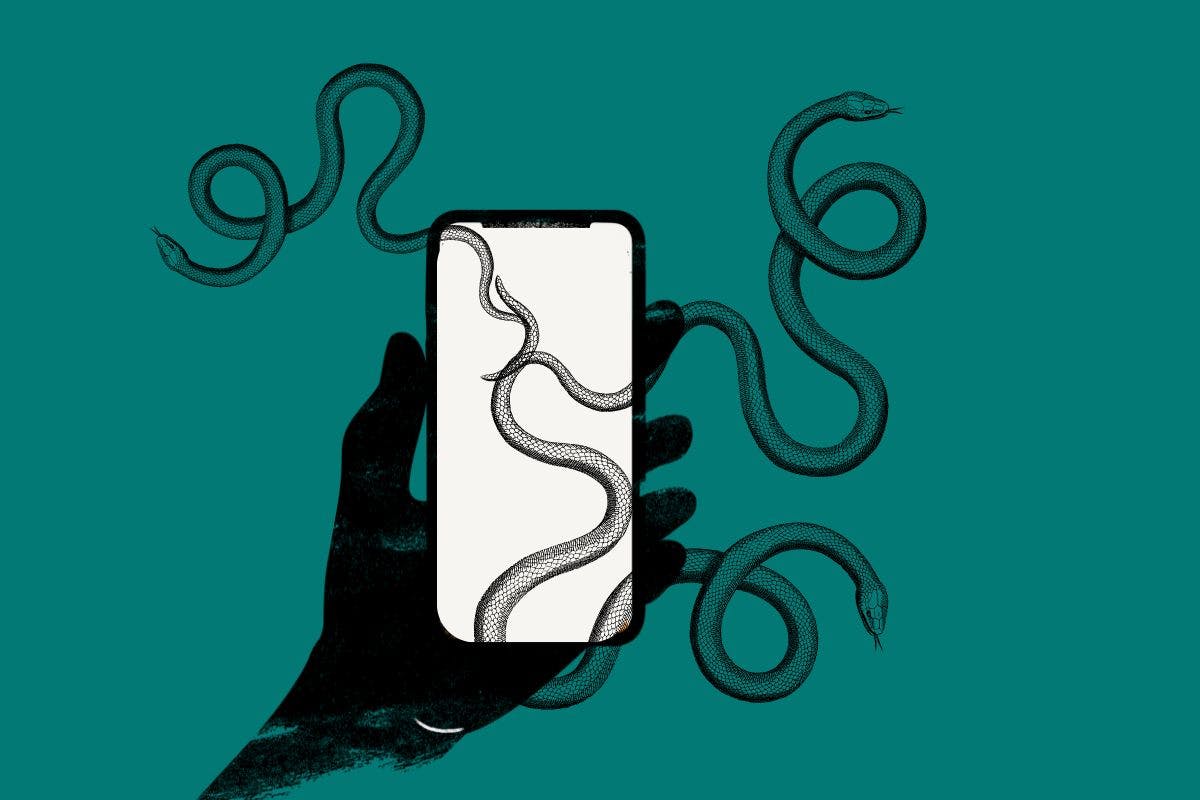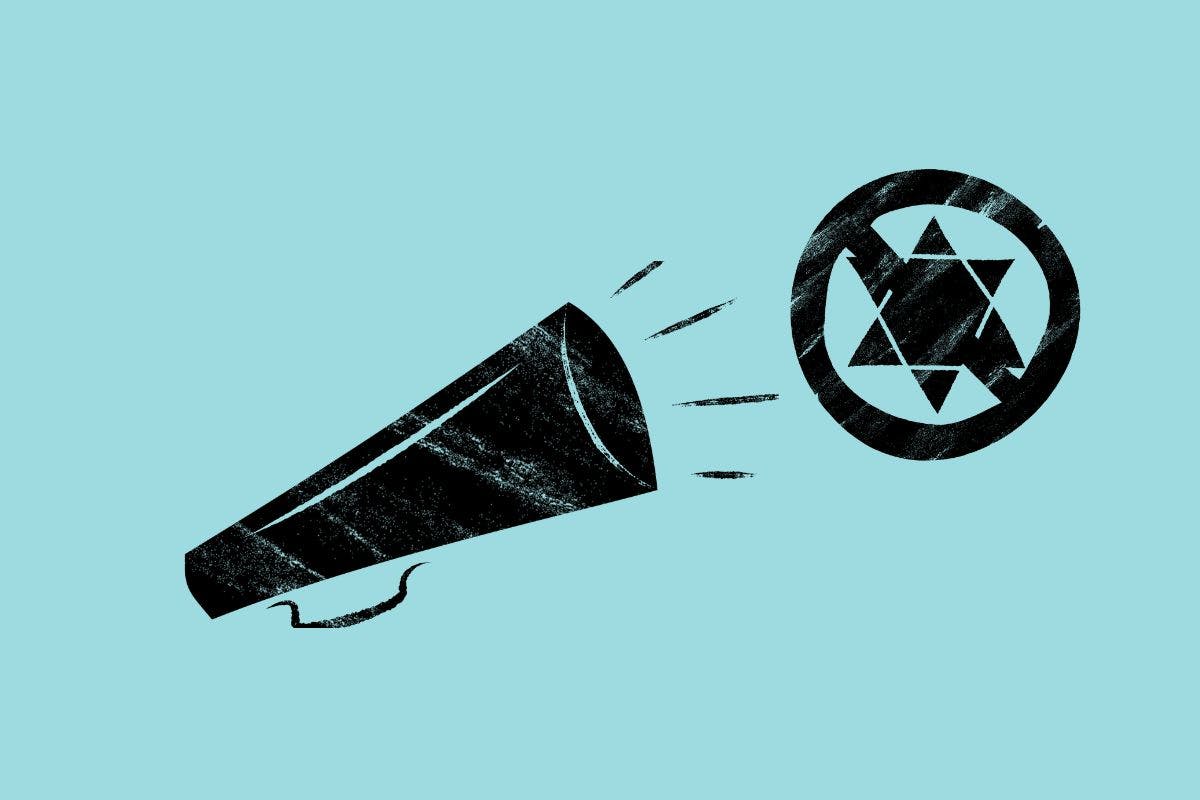Published: 10 April 2024
Last updated: 8 April 2024
As a teacher, I am responsible for shaping the next generation of students that pass through my classroom. Teachers carry a heavy weight, giving students information that due to our position of authority can often be taken as a fact – even when we are sharing our opinions on a topic.
Current high schoolers are constantly taking in an overload of information. They are fed content through their phones so frequently that, they are often ignoring the immediate world around them while observing and analyzing greater society. They understand so much more about how the world is interconnected than any generation before. They make generalisations using all of that but often without digging any deeper or using critical thinking.
As a Jewish teacher in the context of the current conflict in Gaza, I have found myself answering questions that affect my personal identity more than ever before.
While all teachers are under the spotlight, those of us who come from a minority group, have even more responsibility. Children take our every move and word as an example of what to believe and how to act. If you are a teacher who identifies as a person of color, part of the LGBTQIA+ community, or any other marginalised population, your every step becomes measured so that your students take away the right impression of who you and your people are.
As a Jewish teacher in the context of the current conflict in Gaza, I have found myself answering questions that affect my personal identity more than ever before.
I currently work in Spain, where the most generous estimates place Jews as 0.1% of the population. I am often the only Jew my students have ever met.
How do I talk about the conflict in Gaza while allowing my students to come to their conclusions? How do I speak about the Jewish people as a whole? How do I represent who I am as a Jew without making my students think that I am the only acceptable kind of Jew? How do I speak about the state of Israel?
My biggest fear is that I will set these young adults loose in the world with an image of Jews that is not wide enough that I alone cannot cover the massive range of human beings that identify as Jews.
Over the past months, I have had the chance to discuss Jews and Judaism with many of my students, from different age groups and at different stages of the conflict. In this time I have learned to trust the inherent openness that children have. When the subject is broached, I allow my students to lead the conversation, and ask the questions that come to their minds without leading them in any one direction.
I try to demonstrate that my answer to a question may not be the answer of another Jew.
Often the conversation begins with me stating the fact that I am Jew, and explaining how I was raised, practicing my traditions and religion. From there, I leave myself open to what the kids are curious about. They naturally have hundreds of questions. Are there different kinds of Jews? Do Jews celebrate Christmas? Do all Jews share certain characteristics? Is it a religion or a race or an ethnicity? How do you become a Jew? What are the rules that Jews follow?
My aim when answering these questions is to speak, not only from my own experience but to convey the differing experiences of all of the Jews that I have met in my life. I try to demonstrate that my answer to a question may not be the answer of another Jew. This way they do not take anything I say as fact, but instead a singular perspective.
By opening the space for the students to ask questions, instead of lecturing them on what I consider to be important, allows them to create their image of a Jew with the information that they feel is important.
As we delve into the topic, students often begin to ask deeper questions, connecting what I tell them with what they have learned in history class or what they have heard in the news. We discuss how the history of the Jewish people has created certain stereotypes and images, and how, as Jews have spread out across the world and interacted with hundreds of different states and cultures, this depiction has blended and changed over time. This is usually the easiest part to connect with my students on a personal level. They can relate the Jewish experience to the different stereotypes that they know about their own people, whether they be Middle Eastern, European, African, Latino, Asian, Christian, Muslim, or anything else. They understand the stereotypes come from somewhere and they recognize the damage that they can do, which helps them to empathise with my people, even if I am the only Jew they have ever met.
When the conversation inevitably turns to the conflict in Gaza, I allow my students to go through the same process. We start with any questions that they might have, so that everyone in the class can have the same information as we move forward. In answering these questions, I give them what I know to be facts, such as numbers related to mortalities and dates of attacks. I make it clear what is my opinion is and what other may believe as well. We discuss the history of Gaza, Palestine, and Israel so that my students can have the context that they need to come to their conclusions.
Throughout the process, my students speak openly without fear of reprisal. They ask the questions that they feel are important to them and more times than not, my students achieve what many adults today cannot: they can have discussions without judgment or interruption, listening to the collective. They base their understanding on a sense of the humanity of those on both sides of the conflict.
These class discussions always end with the students seeing the first step as the end of violence. They understand and continue to debate as to what could or should happen afterwards, but they do not let their beliefs get in the way of a call for peace. Having learned about death and destruction all too many times in their classes, they believe that at this point in history, we should be past such behaviour.




Comments
No comments on this article yet. Be the first to add your thoughts.